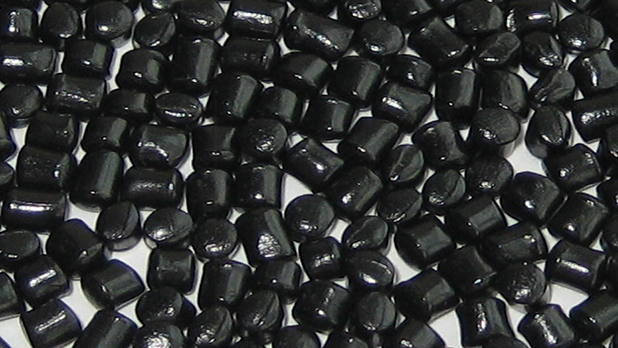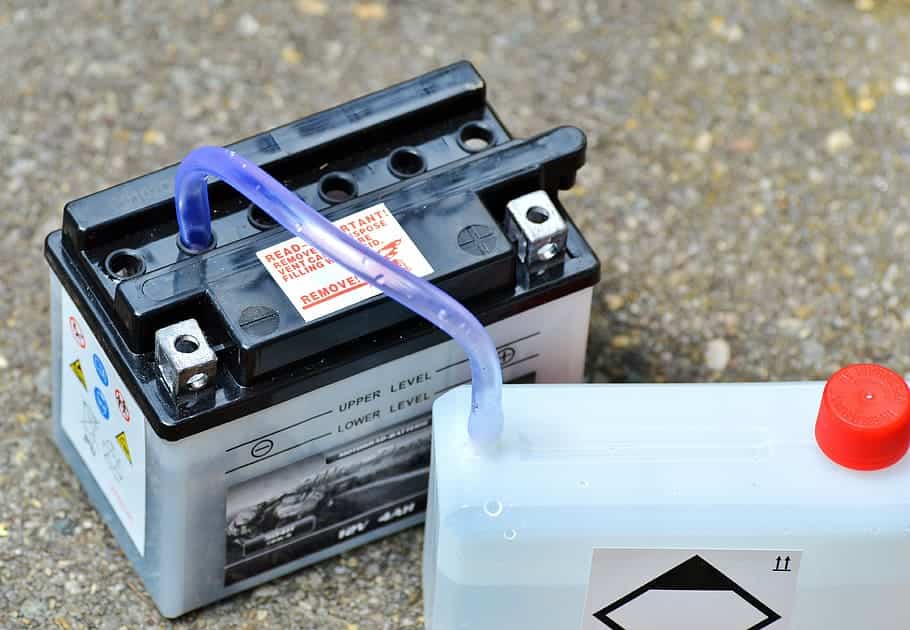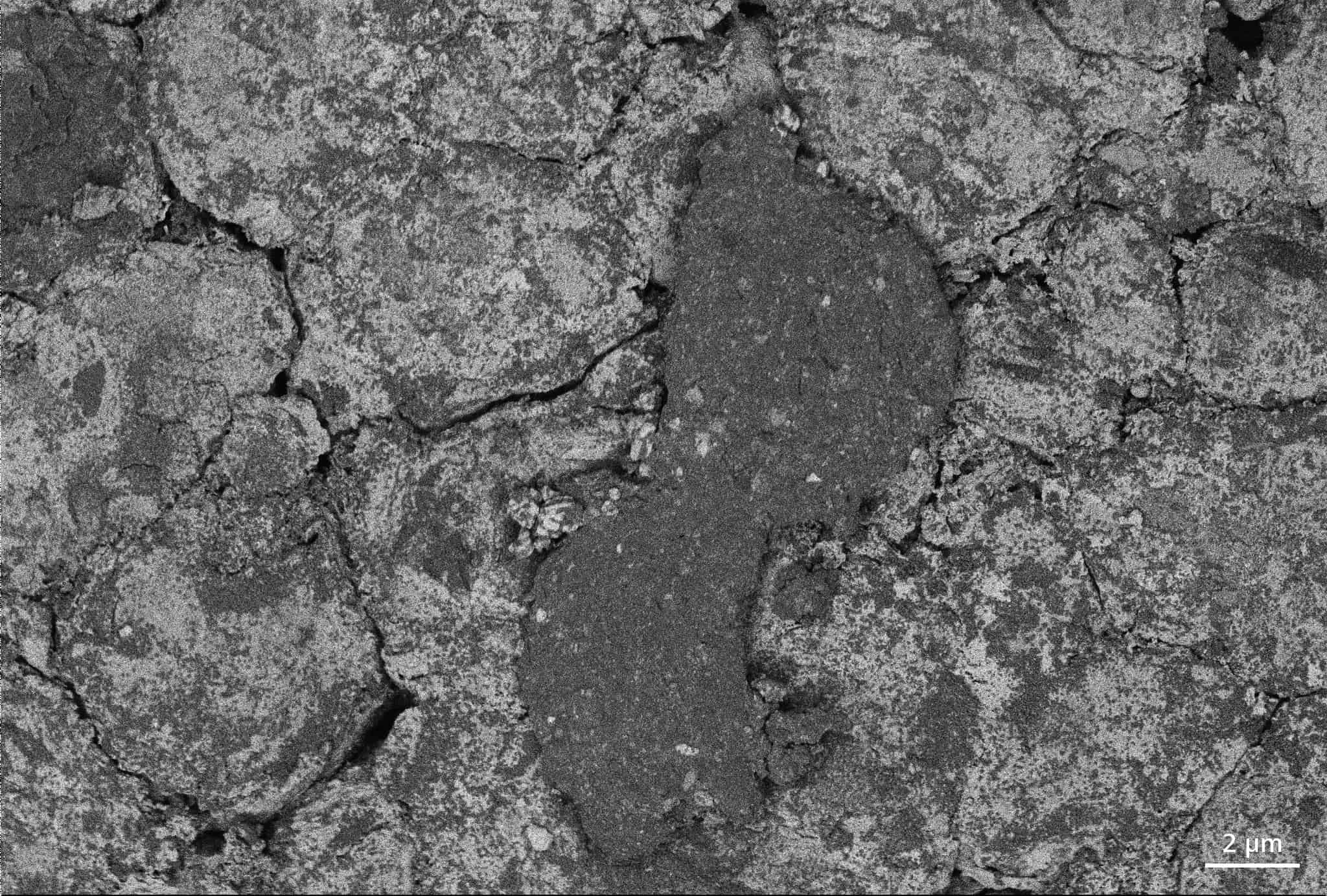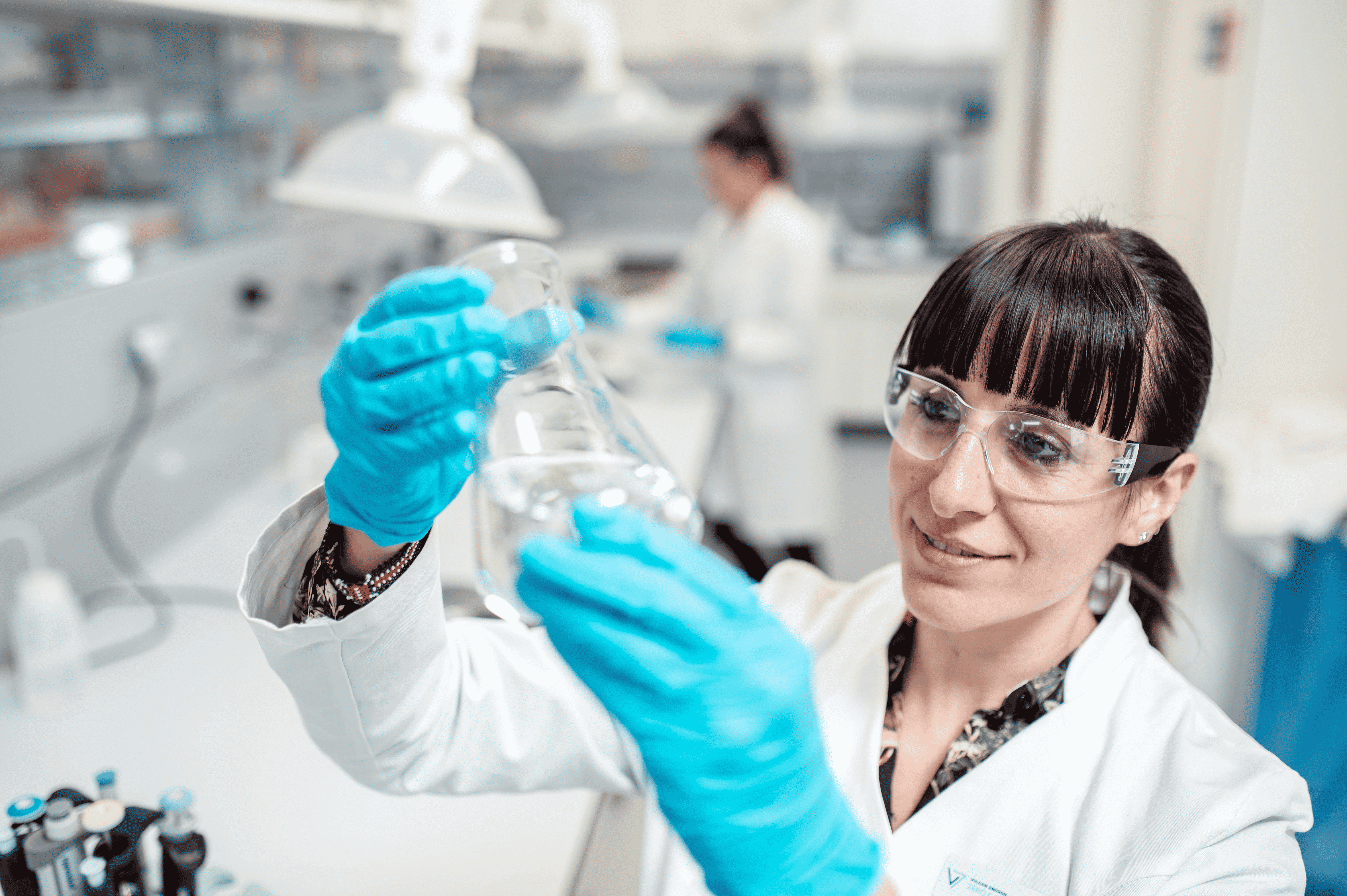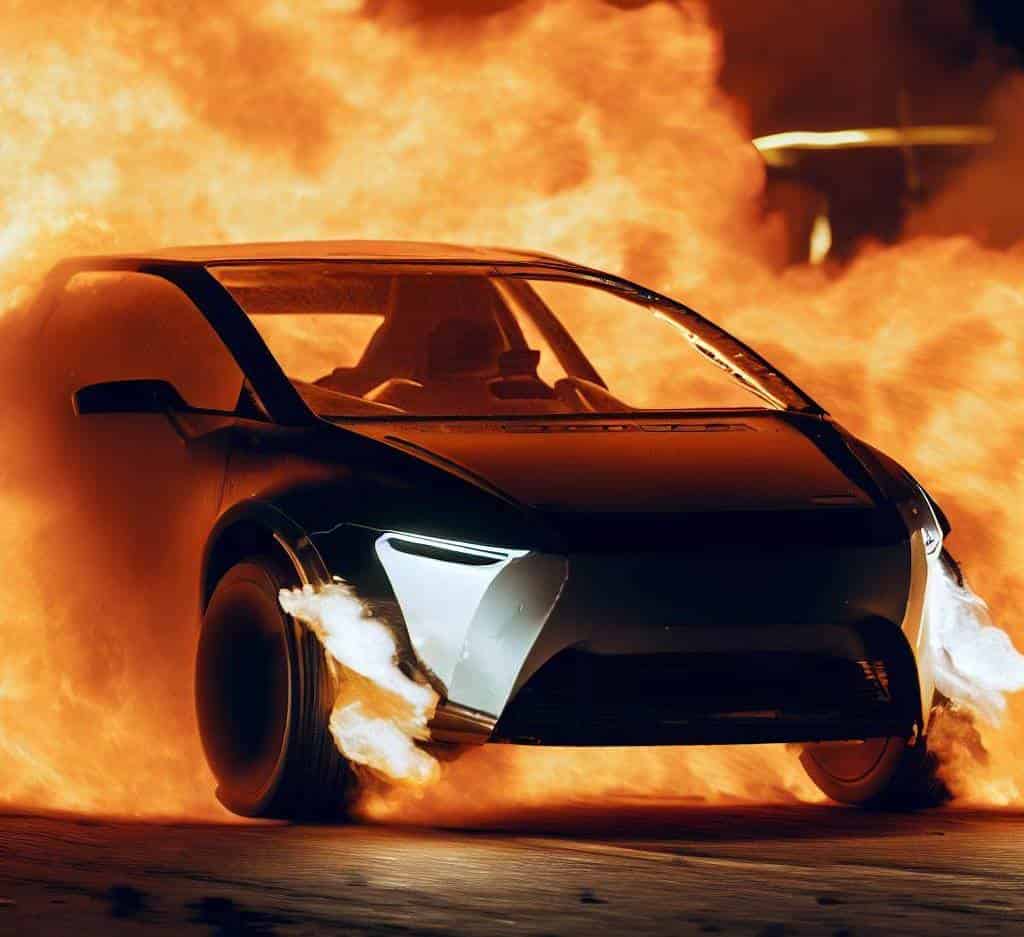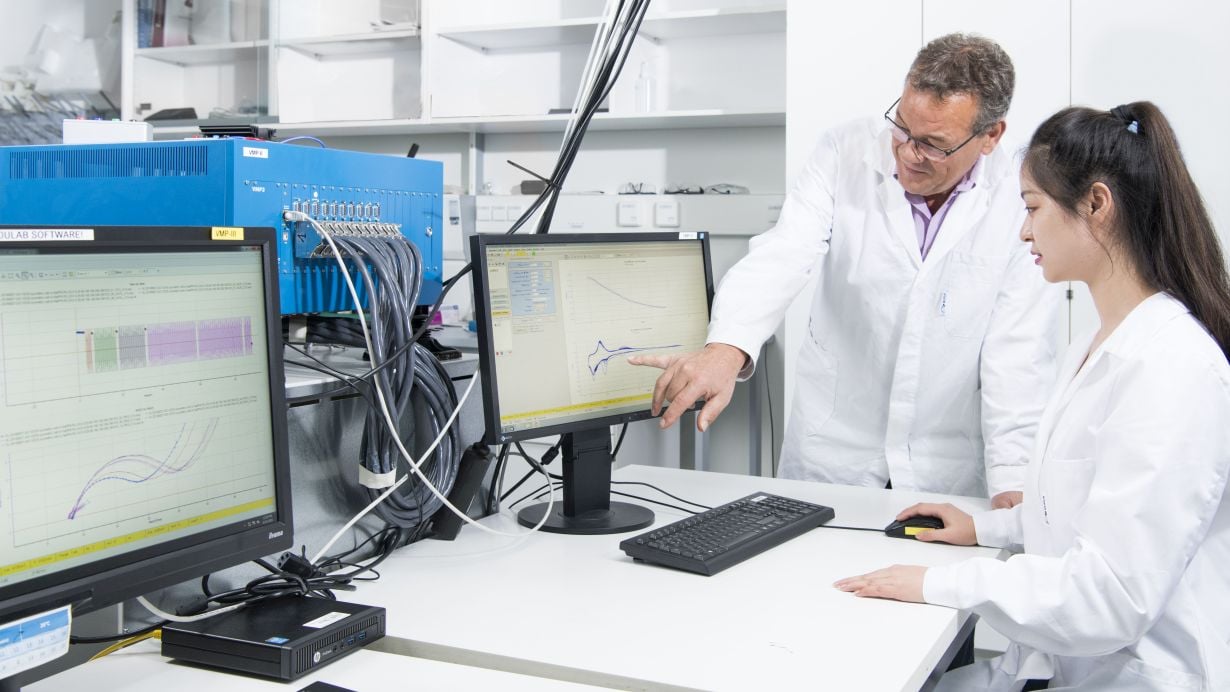
Researchers at the Karlsruher Institut für Technologie (KIT) and the Helmholtz Institut Ulm in Germany have developed a lithium-metal battery with a high energy density of 560 watts per kilogram and a storage capacity of 214 milliamps per gram. The battery is also exceptionally stable. At least 88% of the capacity remains intact even after 1000 charging cycles.
It has long been known that lithium-metal batteries have a higher energy density than conventional lithium-ion batteries. The problem lies in the chemical reaction that takes place between electrolyte and metal parts.
The trick that the researchers discovered is to use as a starting point a nickel-containing cathode (one of the poles in a battery) combined with a new type of electrolyte (the liquid or material between the two poles).
LP30
For the research – which was published in the journal Joule – tests were first conducted with a low-cobalt, nickel-rich cathode of the NCM88 type, along with a commonly available electrolyte (LP30).

After one thousand charging cycles, the capacity of this battery had dropped to well below 40%. For an electric car, this is obviously not enough by far. It means stopping off at a recharging station much more often.
“The problem with the LP30 electrolyte is that tiny cracks start to appear in the cathode,” says Stefano Passerini, leader of the electrochemistry project team at the Helmholtz Institute. ” Inside those cracks, the electrolyte reacts and destroys the structure. Besides that, a lithium-moss-like layer forms on the cathode, which degrades the energy capacity even further.”
Solution
The solution was to replace LP30 with a volatile, non-flammable ionic liquid electrolyte with two anions (ILE).
“With the help of ILE, we were able to greatly limit the structural changes in the cathode,” said Guk-Tae Kim, one of the researchers.
Why does this matter?
All breakthroughs in this field are closely followed by the science world. The majority of electric cars are currently driving around with lithium-ion batteries. This is a reliable technology that is also used in cell phones.
The disadvantage, however, is the low energy density in relation to the mass. In other words, a lithium-ion battery takes up a lot of space. In the case of the lithium-metal battery, mass is less of an issue. It’s all about stability there, and that’s where the Germans now seem to be on the right track.
See also our other articles on lithium-metal batteries.



